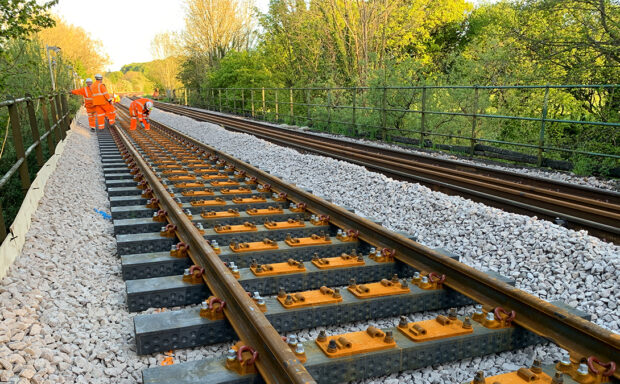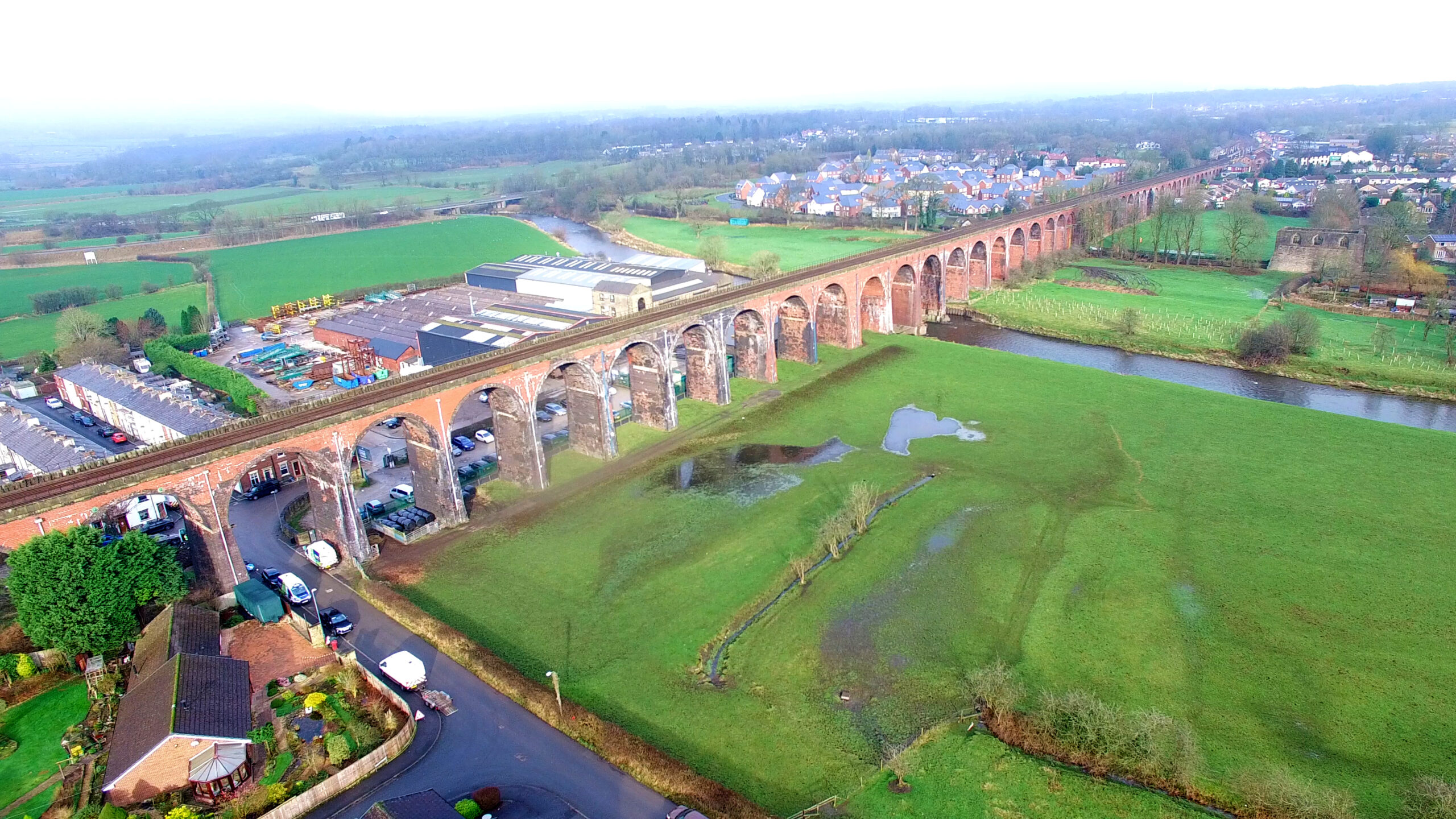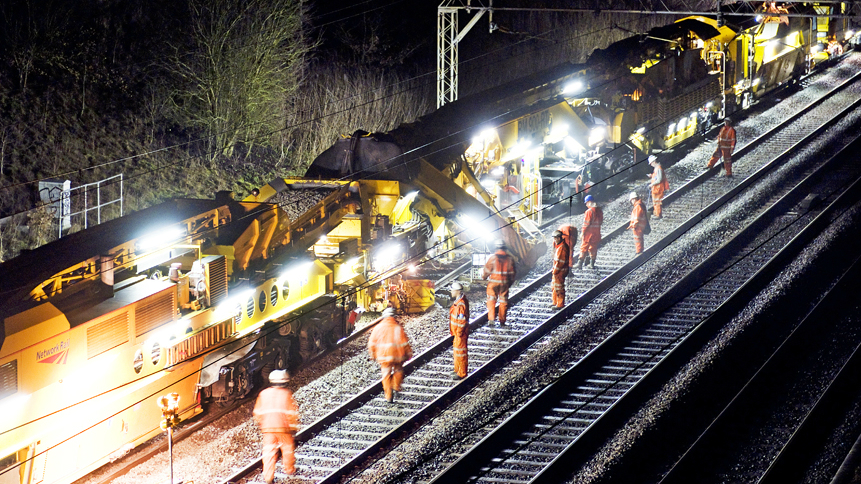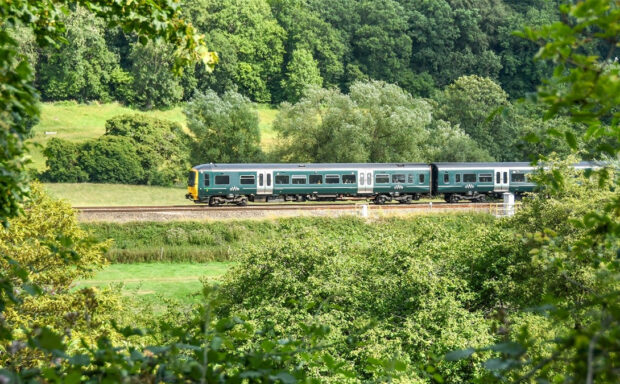Further funding for the Access for All scheme announced in recent weeks will boost our efforts to make the railway more accessible.
Last month, the government’s Department for Transport said disabled railway passengers across Britain would benefit from accessibility improvements at 124 stations thanks to a £20m government fund.
The funding comes from the Access for All programme aimed at improving accessibility and will include new lifts, accessible toilets and customer information screens.
A more accessible and inclusive railway for all
We’re working hard to improve access to the railway for everyone. Accessible stations make it easier for people to visit friends, get to the shops or to work. Accessibility benefits everyone – people with health conditions or impairments, people with children, heavy luggage or shopping and some older people.
It’s also good for the economy and means fewer car journeys, less congestion and carbon emissions.
Examples of accessibility improvements include:
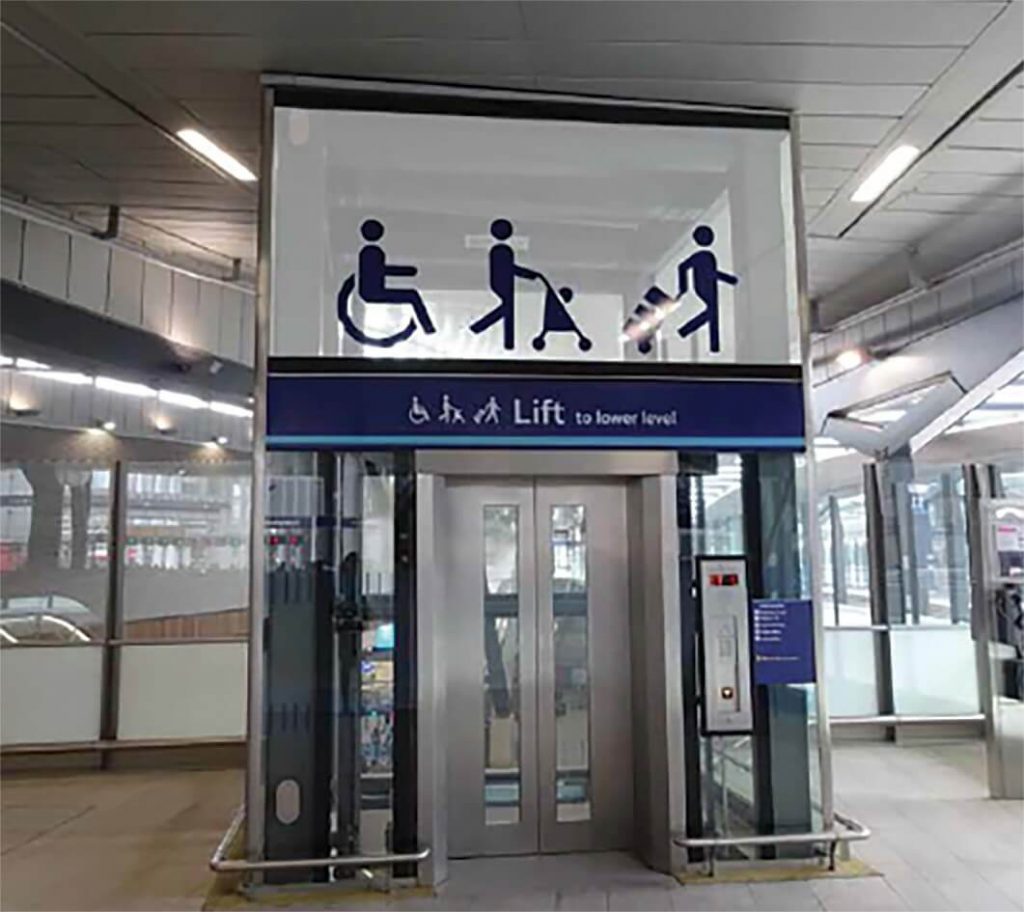
- lifts that are automatic and give an audible tone when the doors open and close
- staircases and platform edges that have tactile warning surfaces
- new ramps and footbridges with lowered handrails
- open entrances and new ticket gates
- accessible waiting rooms and toilets.
Some of our recent access and inclusion initiatives
This month, we said four stations on our Sussex Route, served by train operators Southern and Thameslink, would from new Access for All funding.
Southern stations at East Grinstead, Eridge and South Croydon and Thameslink’s Tooting station will gain accessible improvements, delivered by Network Rail. In addition, Thameslink’s Flitwick station, near Bedford, will also be made accessible.

Sunflower-branded lanyards are now available at several big London railway stations to help passengers with hidden disabilities.
The lanyards, which we launched at Manchester Piccadilly, London Euston, Liverpool Lime Street and Birmingham New Street stations in December, enable people to discreetly show staff they might need extra help while travelling.
More recently, we have made the lanyards available at London Victoria, London Bridge, London Charing Cross, London Cannon Street, London Waterloo, Clapham Junction and Guildford in Surrey.
In January, we announced a £3.9m investment in Crawley station in South East England to install a new footbridge and two new lifts, making access between the station entrance, ticket office and both platforms much easier for customers with reduced mobility, as well as those with children, heavy luggage or shopping.
In December, a new, modern platform opened at Gainsborough Lea Road station in Lincolnshire, to replace the old platform two. The new platform has a ramp for step-free access.
What’s inclusive design and how does it improve accessibility?
When inclusive design is achieved in our spaces and places – such as stations and footbridges – it means everyone can benefit from our full range of services and opportunities.
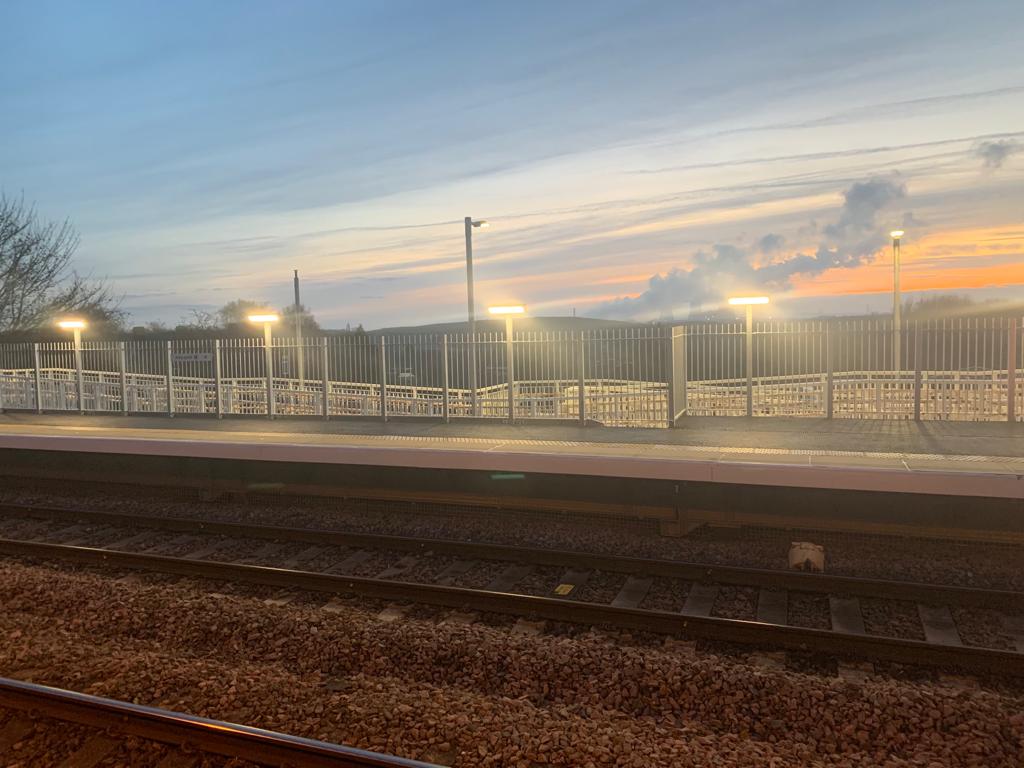
Loraine Martins, director of Diversity and Inclusion at Network Rail, said: “Most of the railway was designed during the Victorian era, but today we have a better understanding of how we should provide wider access and inclusion for everyone. Thanks to the Access for All programme, we now have step-free, accessible routes at more than 200 stations across Britain.”
Inclusive design:
- puts people at the heart of the design process, ensuring they can use the railway safely, easily and with dignity
- acknowledges diversity and difference, and is responsive to people’s needs
- offers choice where a single design solution may not work for everyone
- provides for flexibility in use, offering more than one solution to help balance everyone’s needs; and
- provides buildings and environments that are convenient and enjoyable for everyone.

